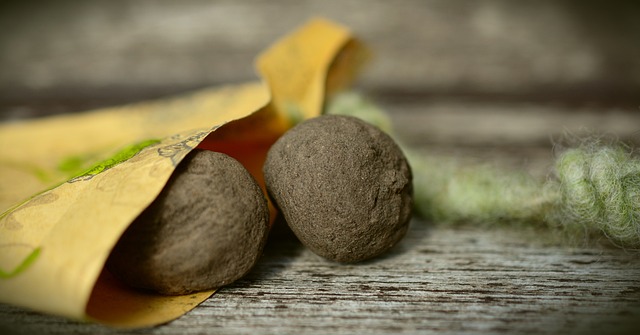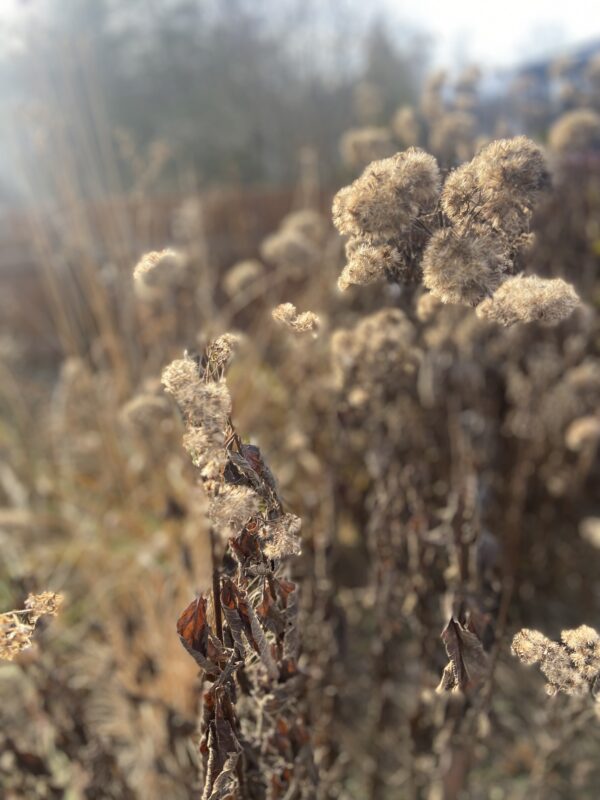Native Seed Bombs: a way to get active in environmental conservation right where you are.

A big thank you to the Clifton Park Library programs department for hosting a native seed ball making event!!
Why Make Native Seed Balls?
Native seed bombs serve as tiny capsules of hope, carrying within them the potential to transform barren spaces into vibrant ecosystems. Here are a few compelling reasons why making native seed bombs is a worthwhile endeavor:
- Biodiversity Conservation: Native plants play a crucial role in supporting local ecosystems by providing habitat and food sources for native wildlife. By reintroducing native plant species, we can help restore balance to our ecosystems and support declining pollinator populations.
- Drought Resistance: Native plants are well-adapted to local climate conditions and soil types, making them more resilient to drought and requiring less water and maintenance once established. This makes them an ideal choice for sustainable landscaping practices, especially in regions prone to water scarcity.
- Soil Health: Native plants have deep root systems that help improve soil structure and prevent erosion. They also require fewer fertilizers and pesticides, reducing chemical runoff and promoting healthier soil ecosystems.
- Beauty and Aesthetics: Native plants offer a unique beauty that is often overlooked in traditional landscaping. From colorful wildflowers to majestic trees, incorporating native species can add visual interest and create a sense of place in your landscape.

How to Make + Use Seed Balls
Here’s a simple step-by-step guide to get you started:
Materials Needed:
- Native wildflower seeds (choose local species. Ecotype seed is best if possible.)
- Clay powder or clay-rich soil
- Compost or potting soil
- Water
- Mixing bowl (Another option is a 5 gallon bucket if the project can be done outside.)
- Spoon or spatula. (Mixing with hands and no spoon is an option too.)
- Baking sheet or tray
Instructions:
- Prepare Your Seed Mix:
In a mixing bowl, combine the native wildflower seeds with compost or potting soil.
- Add Clay: Gradually add clay powder or clay-rich soil to the seed mixture, stirring well to ensure even distribution. The clay will help bind the ingredients together and protect the seeds from birds and other predators.
- Add Water: Slowly add water to the mixture, stirring continuously, until you achieve a dough-like consistency. The mixture should be moist enough to hold its shape when squeezed together, but not too wet.
- Form Seed Bombs: Take small handfuls of the seed mixture and roll them into balls or other shapes of your choice. Place the seed bombs on a baking sheet or tray to dry for 24-48 hours, or until firm.
- Store or Distribute: Once dry, your native seed bombs are ready to be used. You can store them in a cool, dry place until you’re ready to plant them. But they are ready to go now. Distribute them directly in areas in need of restoration if you want to.
- Planting: To plant the seed bombs, simply toss them onto bare or disturbed soil in your garden, yard, or other green spaces. Make sure to choose areas with plenty of sunlight and water the seed bombs regularly until the seeds germinate and establish themselves.
- Enjoy the Beauty: With patience and care, your native seed bombs will burst into life, filling your landscape with a riot of color and fragrance for years to come.
Happy Earth Day! Certainly, the promise of new beginnings with homemade wildflower seed balls is enchanting. As a matter of fact: people should have fun with their restoration efforts!
